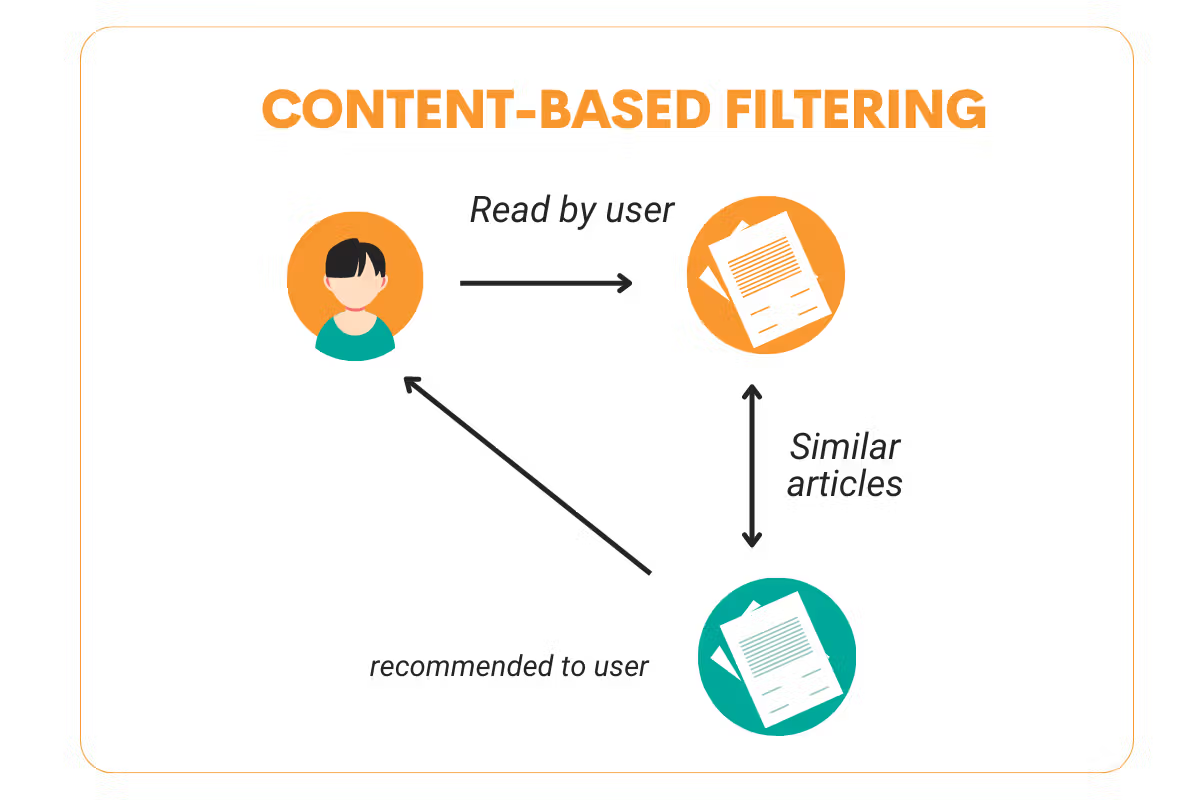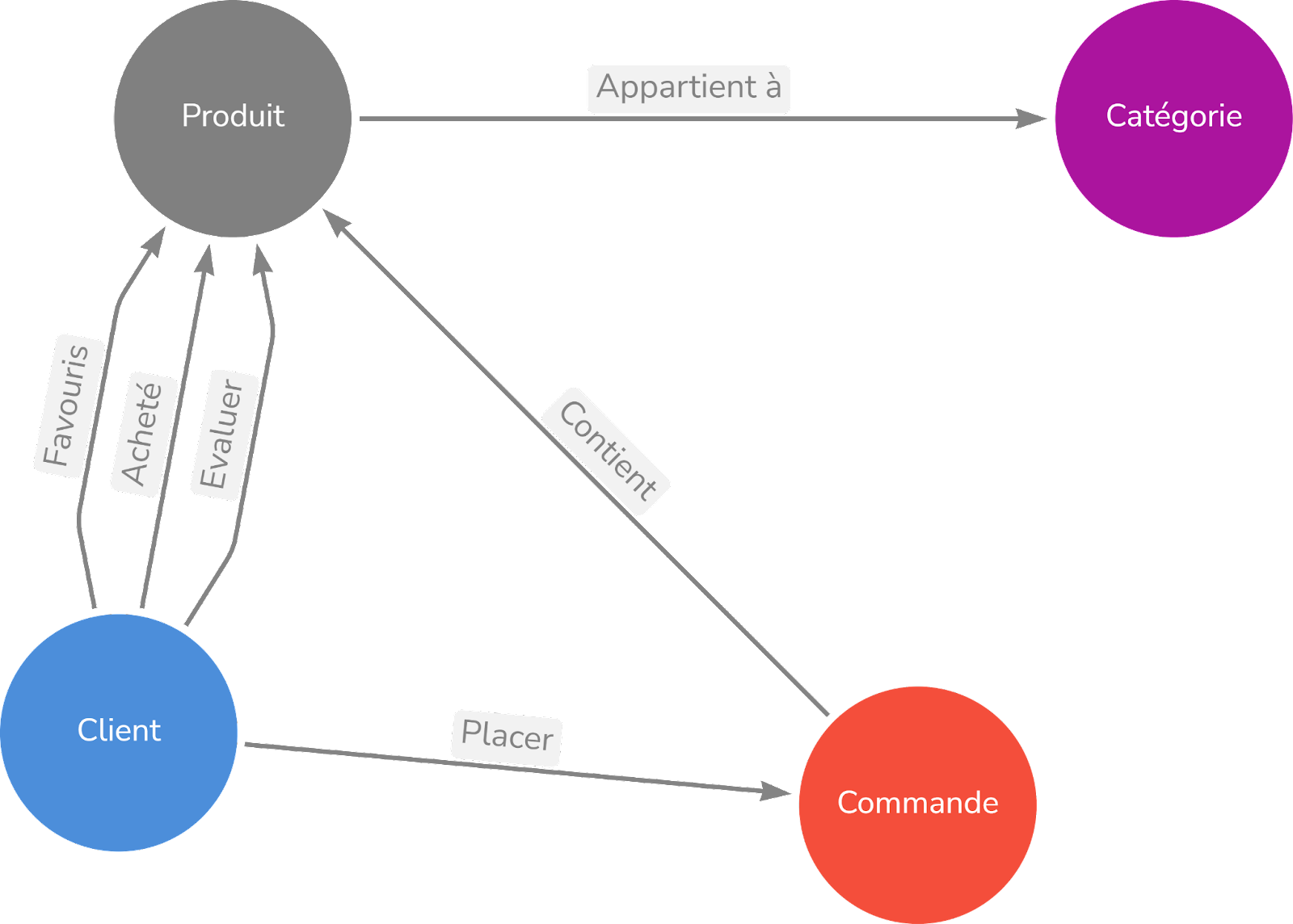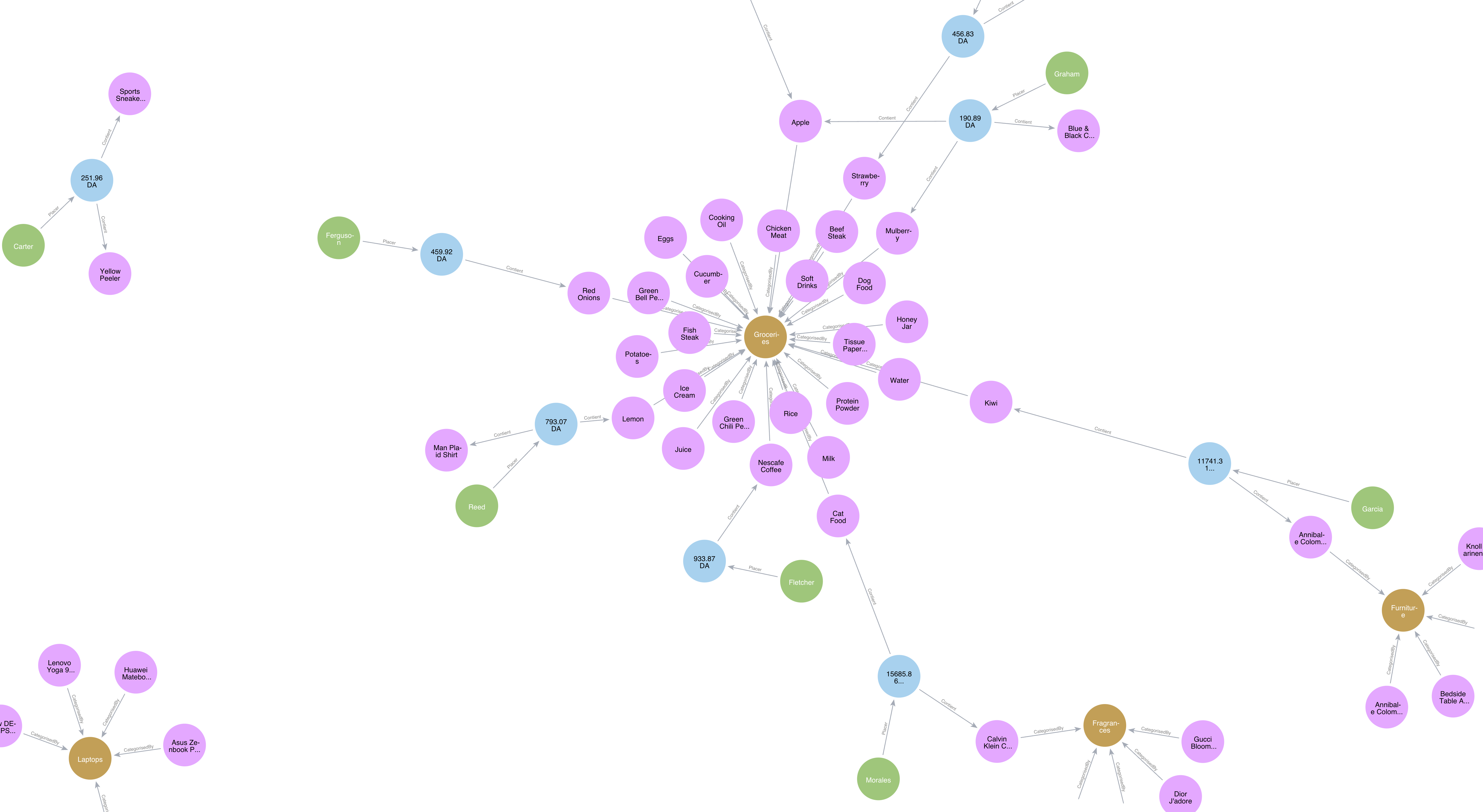Enhancing E-commerce with Graph Database Recommendations
Implementing a personalized product recommendation system using graph databases to optimize user engagement and sales in e-commerce.
Table of Contents
- Introduction
- The Problem
- The Solution
- Methodologies Implemented
- Data Integration and System Architecture
- Technological Stack
- Conclusion
Introduction
In the competitive landscape of e-commerce, delivering personalized product recommendations is crucial for enhancing user experience and driving sales. This article explores how I utilized graph databases to create a sophisticated recommendation system tailored to individual user preferences.
The Problem
E-commerce platforms often struggle with recommending relevant products to users amidst vast inventories. Traditional recommendation approaches based solely on user-item interactions may overlook nuanced relationships and preferences.
The Solution
My solution addresses these challenges by leveraging the capabilities of graph databases to model and traverse complex relationships between users, products, and categories. This approach enables more accurate and context-aware product recommendations.
Methodologies Implemented
Before delving into specific methods, it's crucial to understand the different approaches utilized to optimize e-commerce product recommendations. Each methodology leverages graph databases to enhance relevance and personalization based on user interactions with products.
Collaborative Filtering
Collaborative filtering analyzes user behavior to recommend products. It identifies patterns among users with similar purchase histories, suggesting items that others with comparable tastes have also shown interest in. This method is effective in discovering new products based on collective preferences and co-purchase behavior.

Jaccard Index for Similarity
The Jaccard Index measures similarity between users by calculating the intersection and union of their purchase histories. It quantifies how closely aligned two users' preferences are based on shared product interests, expanding recommendation scope beyond direct collaborations to encompass broader user behavior patterns.
Content-Based Filtering
Content-based filtering recommends products based on their attributes and user preferences. It focuses on characteristics such as product category, popularity within specific segments, or other relevant attributes. This approach ensures that recommendations align closely with user interests by considering specific product features and categorizations.

Most Popular Products
Identifying and highlighting popular products across all users is crucial in recommendation systems. By showcasing trending items based on overall popularity, this method ensures that users have easy access to products that are widely favored by others, thereby enhancing user engagement and satisfaction.
These methodologies utilize the strengths of graph databases, leveraging relationships between users, products, and categories to deliver optimized recommendations tailored to individual preferences and behaviors in e-commerce scenarios.
Data Integration and System Architecture
To support these methodologies, synthetic data from DummyJSON was integrated into a Neo4j graph database. This setup enabled efficient modeling of user behaviors and product relationships crucial for recommendation generation. The script used to upload the data can be found in the GitHub repository linked below.

Figure 1: Visual Representation of User-Product Interactions in Neo4j

Figure 2: Schema of the Product Recommendation System in Neo4j
Conclusion
By harnessing the power of graph databases, my e-commerce recommendation system not only enhances user satisfaction by delivering personalized recommendations but also boosts sales through targeted product placements. This approach demonstrates the potential of advanced data modeling techniques in optimizing e-commerce strategies.
Project Links
- GitHub Repository: Link to GitHub Repo